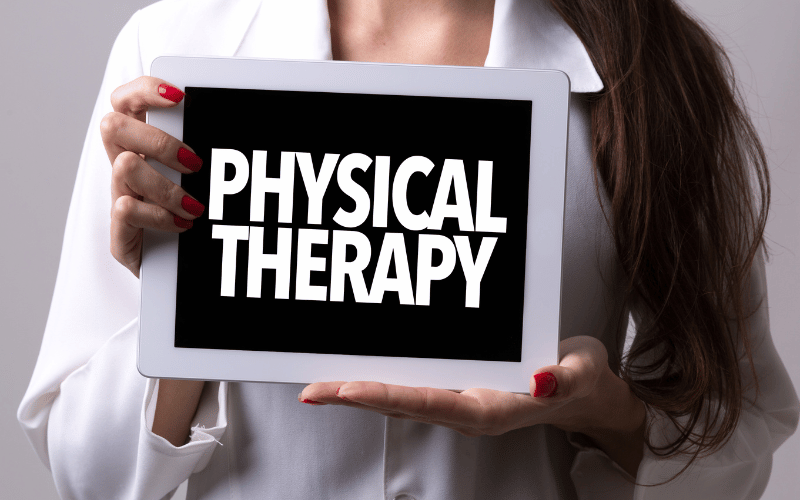Fact 14: The Role of Physical Therapy in GBS Recovery

Physical therapy becomes an essential pillar in the recovery journey for many Guillain–Barré Syndrome patients. The goal? To restore lost muscle strength, improve flexibility, and rebuild the essential coordination that may have been disrupted due to the illness.
As GBS primarily targets the peripheral nerves, the resultant muscle weakness isn’t because the muscles themselves have deteriorated, but rather due to disrupted nerve signals. Consequently, muscles may become stiff or unresponsive, necessitating a focused approach to reactivate them.
Physical therapists, equipped with a deep understanding of GBS, often tailor their approach based on individual patient needs. For some, the focus might be on gentle stretches to alleviate muscle stiffness. For others, strength training becomes a priority to restore muscle functionality lost during the acute phase of the illness.
Physical therapy isn’t a short-term intervention. It requires a sustained commitment from both the therapist and the patient. Over time, as the nerves regenerate and relearn their functions, the intensity and focus of the therapy might evolve. Celebrating small milestones along the way becomes a crucial morale booster. (14)